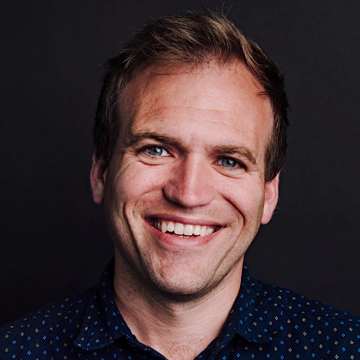When finished in 2017, the Museum of the Bible will be 430,000 square feet of exhibits dedicated to the Bible. The total cost will exceed $1 billion. The Green family, the same clan that owns the Hobby Lobby retail chain, has put up the seed money behind the project, including about $50 million to purchase the real estate on which the building sits. The family also has donated or loaned its remarkable collection of biblical artifacts to the museum. The Green family picked Cary Summers as the museum’s president, and he has been in that role for about five years. Before that, he was the president and CEO of Herschend Family Entertainment, best known to many as the operator of Silver Dollar City and other family-friendly entertainment venues. Summers has also served in executive roles with Abercrombie & Fitch and Bass Pro Shops. We had this conversation in Nashville, Tenn., at the Teach Them Diligently Homeschool Conference.
You were instrumental in developing a place I’ve visited a couple of times in Israel called Nazareth Village. It’s a recreation of Jesus’ hometown during the time he was alive. How are you involved in it? That project started in 1995. It opened in 2000, and it’s the only site in Israel that we call Living Stones. Nazareth Village is like Colonial Williamsburg [with] full-scale actors. It’s a recreation of Nazareth at the time of Jesus, where he spent 82 percent of his life, if you look at the time scale. It’s to help people understand, why did he teach the way he taught using examples of the land and everything that surrounded? It’s the last piece of farmland in Nazareth that’s never been built on. It’s a historical piece of land. It was found through just cleaning up the land, honestly. [It had] two watch towers, the terraced walls, quarries for the first century, and all we did is just reconstruct that and then added the houses, the synagogues, and so forth.
Visiting Israel made the Bible come alive for me in ways it never had before, and visiting Nazareth Village was a key part of that. I see a connection between the long history you have in working in Israel and the work you’re doing with the Museum of the Bible. The Museum of the Bible, in a different way, is trying to make the Bible come alive, not just for Christians but for all Americans or even people that might visit from around the world. I just returned [from Israel], … and my secretary said that was my 102nd trip to Israel. After a hundred trips to Israel, it doesn’t get old. But I also realized that I’ve been fortunate to be able to do that. Most people will not be able to do that, and maybe they can get there one time. What we’re doing in Washington, D.C., is taking part of Nazareth Village and recreating it there so that it has an environment so you can understand why Jesus taught the way he taught, but the rest of the museum also has a high reflection. Some would say that we are extremely pro-Israel. No—we’re pro-Bible, and the Bible was written there, and this is where the parables of Jesus came from. What we’re trying to present is the accurate relationship to history and the Bible. The only way you can do that is [put] a heavy dose of Israel in there, because that is where it was written.
Read more at Building the Museum of the Bible.
###
